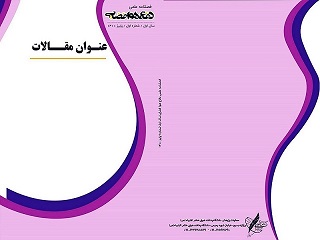Document Type : Original Article
Authors
1 Department of Mechanical Engineering, Malek Ashtar University, Tehran, Iran
2 Assistant professor, Department of Mechanical Engineering, Khatmol Anbia Air Defense, Tehran, Iran
3 Department of Aerospace Engineering, Malek Ashtar University of Technology, Tehran, Iran
4 Assistant Professor of Aerospace, Department of Mechanic Engineering, Khatam Ol Anbia (PBU) University, Tehran, Iran
Abstract
The main design goal of thermal control subsystem is to keep the temperature of the satellite equipment within specified margins. Satellite experienced extreme hot and cold conditions during the mission, so it is difficult to choose the materials and surface coatings for these conditions. If design is done to deal with hot conditions, satellite power for keeping warm in cold conditions is increased and this is while supply of required power for heating the satellite in cold conditions is one of the important design concerns. Due to restrictions in space systems for power supply, the value of power for thermal control subsystem should be optimal. This paper describes the process of designing a thermal control subsystem of small satellites using a simple model. In the present study, the thermal design is done by using the optimal choice for the radiator cover. This design has been done in a way that the least amount of heater power is required. For this purpose, optimization and linear programming have been used. Simulation results show that satellite temperature in warm and cold conditions is in the range and this method significantly reduces the amount of required power heater.
Keywords
Main Subjects

